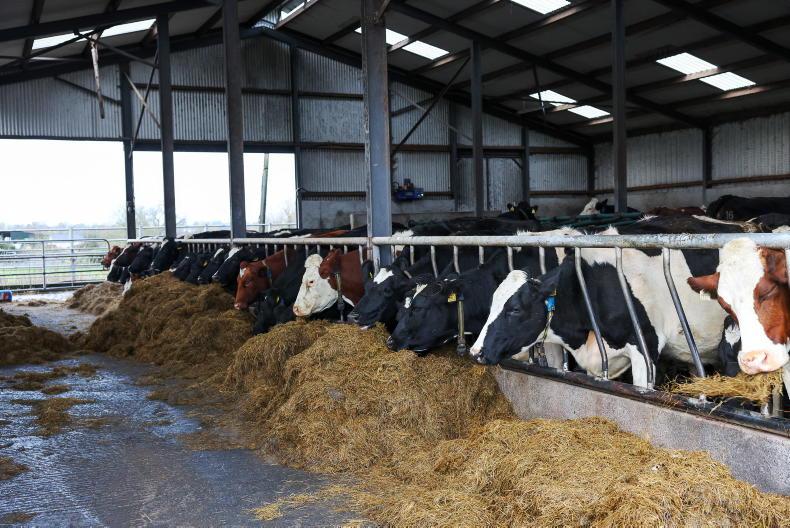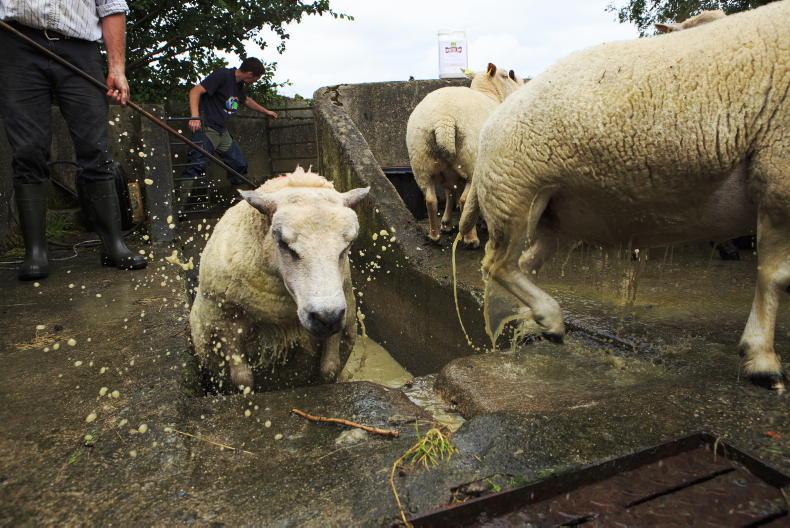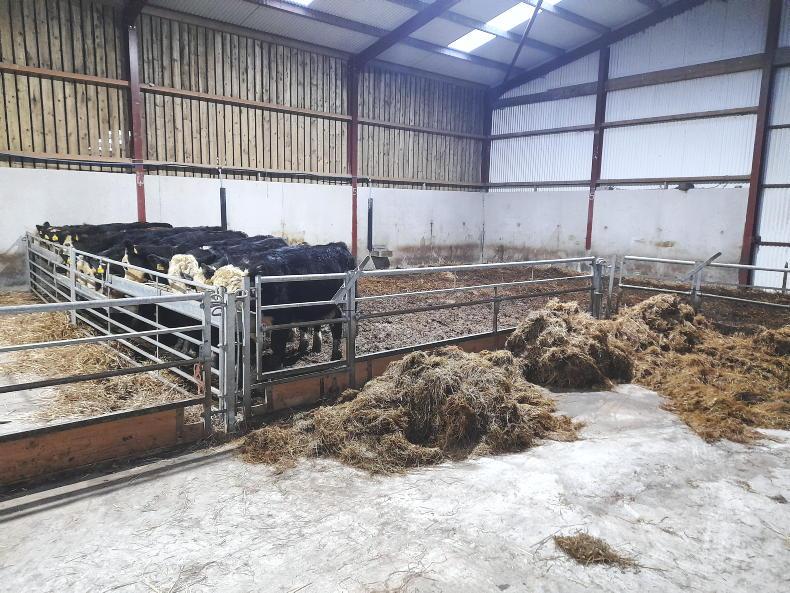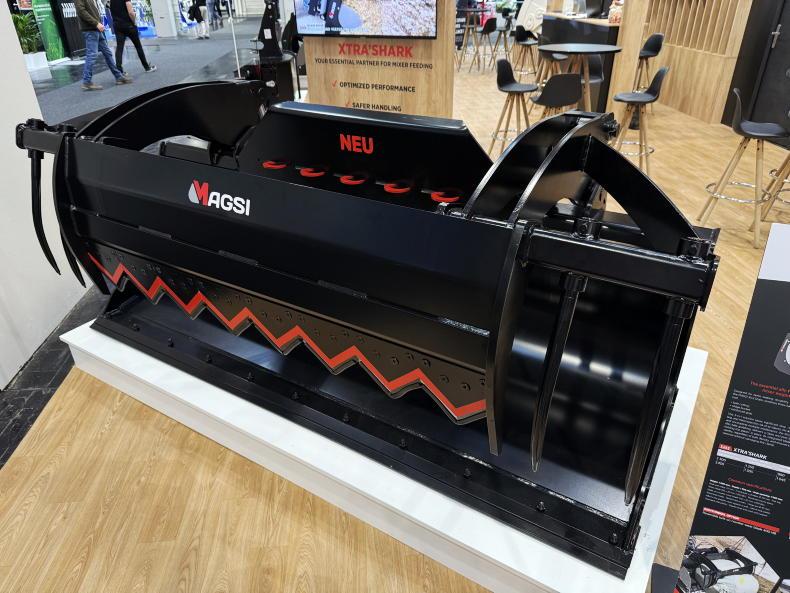With cattle housed, meal feeding will become a common practice on cattle farms over winter. To get the most out of meal feeding, consider front loading the ration.
With front loading meal, cattle will still eat the same amount of ration. It is just divided out differently compared to flat rate feeding.
For example, if stores are normally fed at a flat rate of 2kg/day for 150 days, total meal consumed is 300kg/head.
With front loading, offer 3kg/day for the first 75 days then reduce to 1kg/day for the second 75 days. Cattle will still consume 300kg/head.
Advantages
As younger cattle are more efficient at converting feed into liveweight, there should be a better growth response to the higher rate of feeding.
Hopefully, this will keep stores and weanlings on track to hit target sale weights by the mid-winter point.
Breeding heifers are also more likely to be on track to hit breeding weights, which is important where the aim is to calve at 24 months old.
It is better to be ahead of target by mid-winter and being able to ease off meal feeding, rather than being behind target and trying to catch up.
As meal levels are reduced in the second half of winter, there is less chance of stores being overfat as they go back to grass or are sold through the live ring.
Read more
Beef factories ‘fleecing’ farmers – ICSA
In pictures: cattle ranch larger than Munster for sale in Australia
With cattle housed, meal feeding will become a common practice on cattle farms over winter. To get the most out of meal feeding, consider front loading the ration.
With front loading meal, cattle will still eat the same amount of ration. It is just divided out differently compared to flat rate feeding.
For example, if stores are normally fed at a flat rate of 2kg/day for 150 days, total meal consumed is 300kg/head.
With front loading, offer 3kg/day for the first 75 days then reduce to 1kg/day for the second 75 days. Cattle will still consume 300kg/head.
Advantages
As younger cattle are more efficient at converting feed into liveweight, there should be a better growth response to the higher rate of feeding.
Hopefully, this will keep stores and weanlings on track to hit target sale weights by the mid-winter point.
Breeding heifers are also more likely to be on track to hit breeding weights, which is important where the aim is to calve at 24 months old.
It is better to be ahead of target by mid-winter and being able to ease off meal feeding, rather than being behind target and trying to catch up.
As meal levels are reduced in the second half of winter, there is less chance of stores being overfat as they go back to grass or are sold through the live ring.
Read more
Beef factories ‘fleecing’ farmers – ICSA
In pictures: cattle ranch larger than Munster for sale in Australia










SHARING OPTIONS